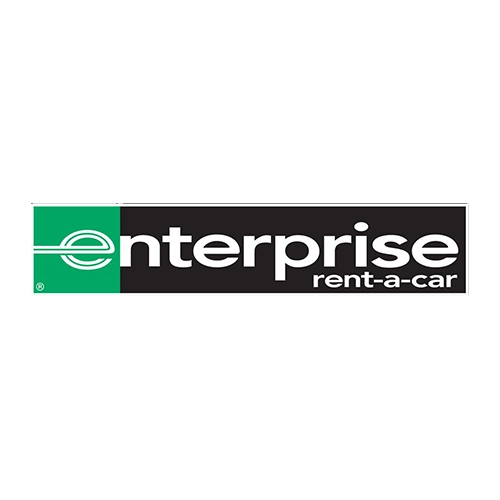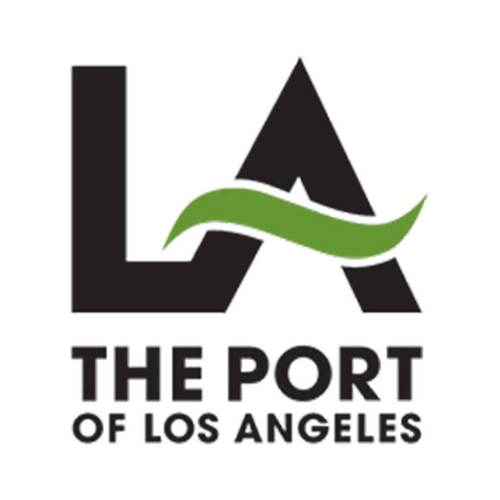
Electronic Speed Limit Signs: A Comprehensive Overview
As we continue to navigate the challenges of modern transportation, it’s no secret that speeding remains a persistent problem on our roads. Excessive speeding not only poses a significant risk to drivers themselves but also endangers passengers, pedestrians, and other vulnerable road users. Innovative solutions are being developed and implemented to promote safer driving practices in electronic speed limit signs to address this issue.
In this blog post, we’ll delve into electronic speed limit signs, exploring their features, benefits, and effectiveness in reducing speeding and improving road safety.
What are Electronic Speed Limit Signs?
Electronic speed limit signs are advanced traffic control devices that utilize electronic displays to show the speed limit of a particular road or highway. Unlike traditional static signs, electronic speed limit signs can dynamically display different speed limits at different times of day, responding to changing traffic conditions. These signs are strategically positioned in areas where speed limits may fluctuate frequently, such as school zones, construction areas, or high-traffic urban environments.
How Do Electronic Speed Limit Signs Work?
Electronic speed limit signs leverage cutting-edge technology for speed limit detection and display. They employ various technologies, such as LEDs and LCDs, with the capability to adjust displayed speed limits in response to real-time traffic conditions like pedestrians or roadwork.
Furthermore, some of these signs integrate radar and sensors to monitor approaching vehicle speeds. This information enables real-time adjustments to the displayed speed limit, providing immediate feedback to drivers. Additionally, certain signs can convey custom messages to promote traffic safety and responsible driving habits, enhancing overall road safety and awareness.
Success Stories
Numerous success stories demonstrate the efficacy of electronic speed limit signs in reducing speeding and improving road safety. For instance, Texas A&M University and the Texas Transportation Institute conducted a study that involved installing digital speed limit signs in areas prone to speeding. The results were striking—drivers reduced their speed in school zones by up to 9 mph.
Similarly, in Australia, a study by the Royal Automobile Club Foundation revealed that electronic speed limit signs led to a reduction in speeding violations by up to 70%. These findings corroborate the effectiveness of electronic speed limit signs in modifying driver behavior and promoting safer driving practices.
Benefits of Electronic Speed Limit Signs
The advantages of electronic speed limit signs extend beyond their sleek, modern design. Here are just a few ways these signs can positively impact road safety:
- Improved Visibility: Electronic speed limit signs are highly visible, making it easier for drivers to see and comprehend the speed limit. This increased visibility is particularly crucial in low-light conditions or during adverse weather events.
- Real-Time Feedback: By displaying real-time speed limit information, electronic speed limit signs provide drivers with instant feedback on their speed. This encourages drivers to adjust their velocity accordingly, fostering a safer and more responsible driving culture.
- Adaptability: Electronic speed limit signs can be easily reprogrammed to reflect changing traffic conditions, allowing for greater flexibility in managing speed limits. This adaptability enables authorities to respond quickly to unexpected events or changing road conditions.
- Reduced Speeding: Studies have consistently shown that electronic speed limit signs are effective in reducing speeding. By providing real-time feedback and reinforcing speed limits, these signs encourage drivers to slow down and drive more responsibly.
- Enhanced Safety: Ultimately, the primary goal of electronic speed limit signs is to enhance safety on our roads. By promoting slower speeds and more responsible driving behaviors, these signs contribute to a safer environment for all road users.
Conclusion
Electronic speed limit signs offer adaptable, highly visible solutions to combat speeding. Backed by success stories worldwide, they provide real-time feedback, enhance safety, and promote responsible driving, making our roads safer for all. Embracing this technology is a crucial step toward a safer future. Drive responsibly, and stay safe.
FAQ’s
Q1. What are the speed limit signs on the road?
Answer: Speed limit signs are traffic signs that indicate the maximum speed limit allowed on a particular road or highway. They are typically rectangular and feature black letters on a yellow background.
Q2. What font are speed limit signs?
Answer: The standard font used on speed limit signs in the United States is called Highway Gothic. It is a sans-serif font that is easy to read from a distance and is commonly used on road signs throughout North America.
Q3. What are electronic speed limits?
Answer: Electronic speed limits refer to digital displays that show the current speed limit on a road or highway. These displays can be found on some highways and interstates, and they often use LED lights or LCD screens to display the speed limit.
Q4. What road has the highest speed limit?
Answer: The highest speed limit in the United States is currently 85 miles per hour (mph), which is found on certain sections of highways in Texas and Utah. However, some countries have higher speed limits, such as Germany’s autobahn network, where there is no general speed limit for some sections.
Q5. What is the maximum speed limit in India?
Answer: The maximum speed limit in India varies depending on the type of vehicle and the location. For example, cars and jeeps are generally limited to 65 mph (105 km/h) on highways, while buses and trucks are limited to 40 mph (64 km/h) in urban areas.
Q6. Which country has the highest speed limit?
Answer: The country with the highest speed limit is Australia, where the speed limit on some rural highways is 160 km/h (99 mph). However, it’s worth noting that many countries have lower speed limits in urban areas and school zones.
Q7. Who set the national speed limit?
Answer: In the United States, the national speed limit is set by individual states rather than by the federal government. Each state sets its speed limits based on factors such as road conditions, traffic volume, and safety concerns.





















